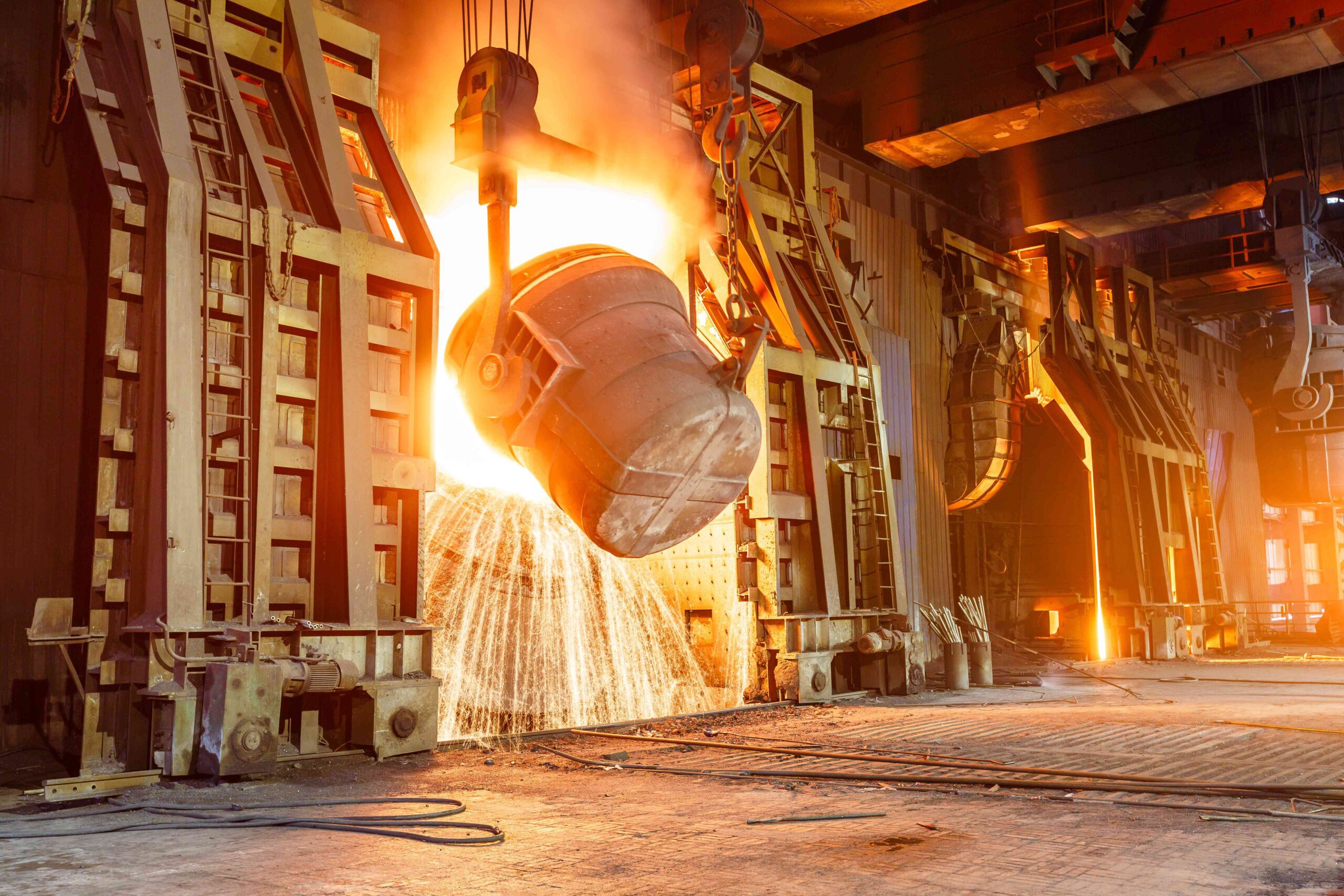China’s CO2 emissions account for approximately 30% of the global total. Since the year 2000 more than 60% of the increase in global CO2 emissions have taken place in China, and that despite a 40% decrease in CO2 intensity in the Chinese economy during the same period. More than 80% of the CO2 emissions in China can be attributed to two key sectors, power generation and industry; the corresponding figure for the EU is 55%. In September 2020 President Xi announced the 30-60 Climate Goal, which means a commitment to peak China’s CO2 emissions no later than in 2030 and to become carbon neutral by 2060. For reference, China is the leading producer of green electrons with installed capacities of 450 GW and 328 GW of solar and wind power, respectively. However, these figures need to be increased much further.
Last year China produced 1,033 million tonnes of steel, representing 53 % of the global production. China’s steel industry today accounts for around 15% of the country’s carbon emissions, which is twice the world average. Why? Well, 90% of the Chinese steel production takes place at integrated mills using blast furnaces, a route that typically has a carbon footprint print four times higher than production using a scrap-charged electric arc furnace (EAF). And scrap, of course, is an input material carrying zero carbon footprint. For the rest of the world the current distribution is 50/50; 50% integrated mills and 50% EAF mills.
But things are changing in China. The tremendous growth in steel production over the past three to four decades, which has resulted in over a tenfold increase, is flattening out and we will probably see no growth at all over the coming ten years. Naturally, most of this steel production has been used in infrastructure projects. However, note that for over a decade China has also been the world’s largest producer of vehicles and white goods (just to mention two examples) and such products typical have a life-span of less than twenty years. Accordingly, we are approaching a situation where part of China’s massive growth in steel production is resulting in increased availability of scrap.
Today less than 20% of China’s steel production is based on scrap; about half of it added to converters at integrated mills and the other half melted in EAFs. The 2020 figure of 260 Mt of steel scrap used has been forecast to increase to 320 Mt by 2025. Assuming a similar addition of scrap use going forward and that the Chinese steel production will stay at around 1 billion tonnes annually, around 70% of China’s steel output will be based on scrap by 2060. The use of scrap in converters in China is currently lower than the world average but particularly in the near term that is likely to increase in parallel to the implementation of new EAFs.
So scrap could account for the lion’s share of China’s input materials for steel production, but what about the remaining 30%? China does not have any tradition using Direct Reduced Iron (DRI); the first units are currently being built and will start by using coke oven gas for the reduction. But suppose the balance of iron material input in the year 2060 would be supplied as DRI using hydrogen as the reductant. Roughly 350 Mt of DRI would be needed. 150 GW of electrolysers would be required to produce 25 Mt of hydrogen to produce that DRI. Adding 15 Mt to replace fossil fuel gases in combustion applications like EAF burners, ladle preheating, and reheat furnaces, we could then make China’s steel industry ‘green’ using 40 Mt/y of hydrogen. This would require a supply of renewable power at 240 GW.
Things are happening as we speak: in 2021 China approved the construction of 43 new EAFs, with a total crude steel capacity of 30 Mt/y. To put this in perspective, a 30 Mt/y output equals that of the tenth largest steel producing country in the world. China is today the world’s largest producer of grey hydrogen, but it is soon likely to be the world’s largest producer of green hydrogen. Undeniably, China is taking huge steps towards being a leading producer of green steel.

